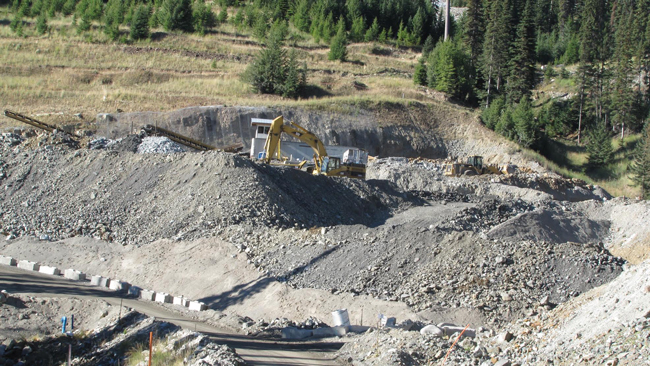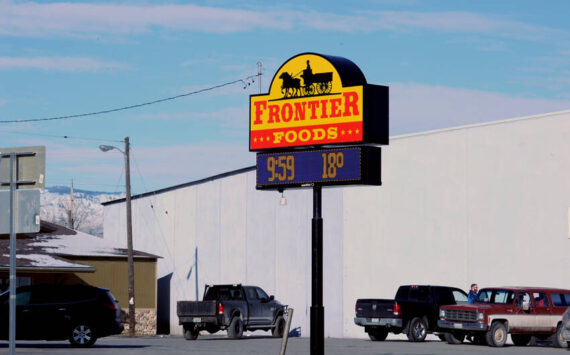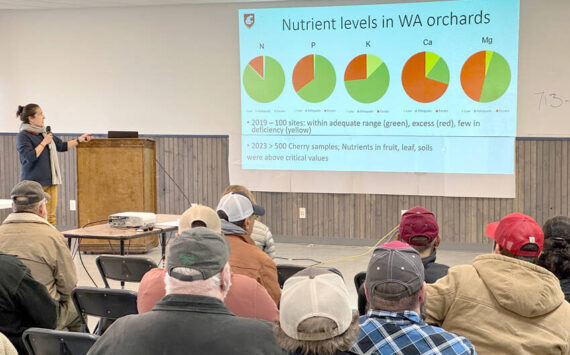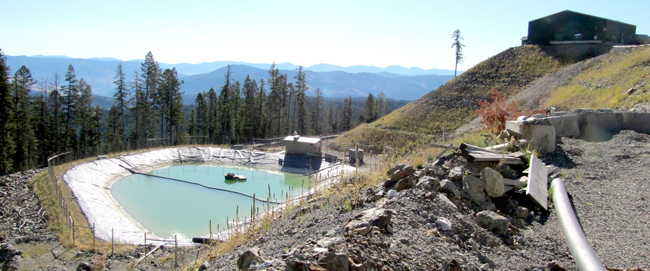
CHESAW – On Aug.18, 2016 Kinross Gold Corporation/Crown Resources Corporation (Crown/Kinross) appealed the Administrative Order (AO) issued by the Washington State Department of Ecology (Ecology), which requires an action plan by Oct. 31, 2016 that outlines how Crown/Kinross will capture and treat contaminants emanating from the Buckhorn Mine.
The appellants object that Kinross is named in the AO, making the distinction that the mine is owned by Crown and claiming Kinross has no legal obligation regarding the permit that regulates the Buckhorn Mine – despite Crown Resources being wholly owned by Kinross. According to the Crown/Kinross appeal, Ecology has no jurisdiction or regulatory authority over Kinross to enforce Crown’s permit.
“It is outrageous that Kinross denies legal responsibility for the water pollution problems at the Buckhorn Mine,” said David Kliegman, Executive Director of the Okanogan Highlands Alliance. “Kinross cannot abdicate responsibility while its fully-owned subsidiary is left with water quality problems that may take decades to clean up.”
In addition to requiring a plan to capture and treat contaminants escaping the mine’s treatment system, the AO requires Crown/Kinross to document the effectiveness of the various mitigation efforts it has undertaken since the July 2013 settlement agreement of previous permit violations and to report actual environmental improvements. Crown/Kinross is required to model the contaminant transport and develop a plan for adaptive management, to bring the mine into compliance with the permit and to maintain a capture zone for mine contaminants. The permit violations cited in the AO come from the monthly discharge monitoring reports that Crown/Kinross has submitted during the past year.
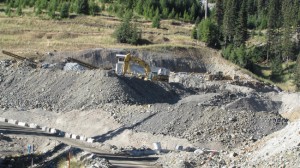
“The Buckhorn Mine water quality monitoring data shows that it has been continuously leaking contaminants into surrounding watershed since shortly after the mine began operating,” continues the OHA spokesman. “The actions taken by the mining company to date have not been effective at reducing the problem. It is time for Crown/Kinross to stop filing legal complaints denying the mine’s water quality problems, and start putting those resources into addressing the permit violations.”
The mine is required to capture and treat mine-contaminated water. The mine has a permit to discharge water from the treatment facility. The mine contaminants outside the mine’s capture zone are coming from unpermitted sources. Crown/Kinross has not established control of mine-related contaminants, and the Buckhorn Mine continues to discharge contaminants in locations where no discharge is authorized, degrading surface and groundwater and even exceeding water quality standards. Crown/Kinross has indicated that it will operate almost to the end of 2016. A closure plan is required 90 days before closure. The National Pollution Discharge Elimination System (NPDES) permit requires that the water quality in streams and groundwater must be as clean after mining as it was before mining. OHA is concerned that unless effective remedial action is taken, long-term protection of water resources may be jeopardized for current and future generations.
Crown Resources responded to the OHA by saying they operate the mine and take their commitment to responsible mining seriously.
“The group’s misleading accusations in no way reflect Crown’s high level of commitment to our own community and the environment,” said Deana Zakar, a spokeswoman for the company.
“Crown Resources has appealed the Administrative Order because it is based on a NPDES permit which is also under appeal. The underlying issue is that the NPDES permit is unreasonable – it is based on flawed assumptions and did not reasonably consider natural background levels nor previously permitted mine activities,” Zakar said. “The permit also set an arbitrary and artificial ‘capture zone’ boundary which does not account for some facilities outside the ‘capture zone’ that were designed and installed to manage this water. As a result, the permit standards are in many cases unattainable and have placed Crown into a state of repeated non-compliance.”
Zakar said that Crown will work with the Department of Ecology to provide the actions requested in the AO.
“The assertion by the group that we do not care about our own backyard is offensive. We continue to make numerous procedural and technical improvements to our water management system, including increasing treatment capacity, and installing more stormwater controls and dewatering and monitoring wells to protect water quality. We are proud residents of this community and we do not avoid our responsibilities to our neighbors and the environment where we live and work,” she said.
The Okanogan Highlands Alliance describes themselves as a non-profit organization that works to educate the public about watershed issues, including the environmental threats of large-scale mining.
